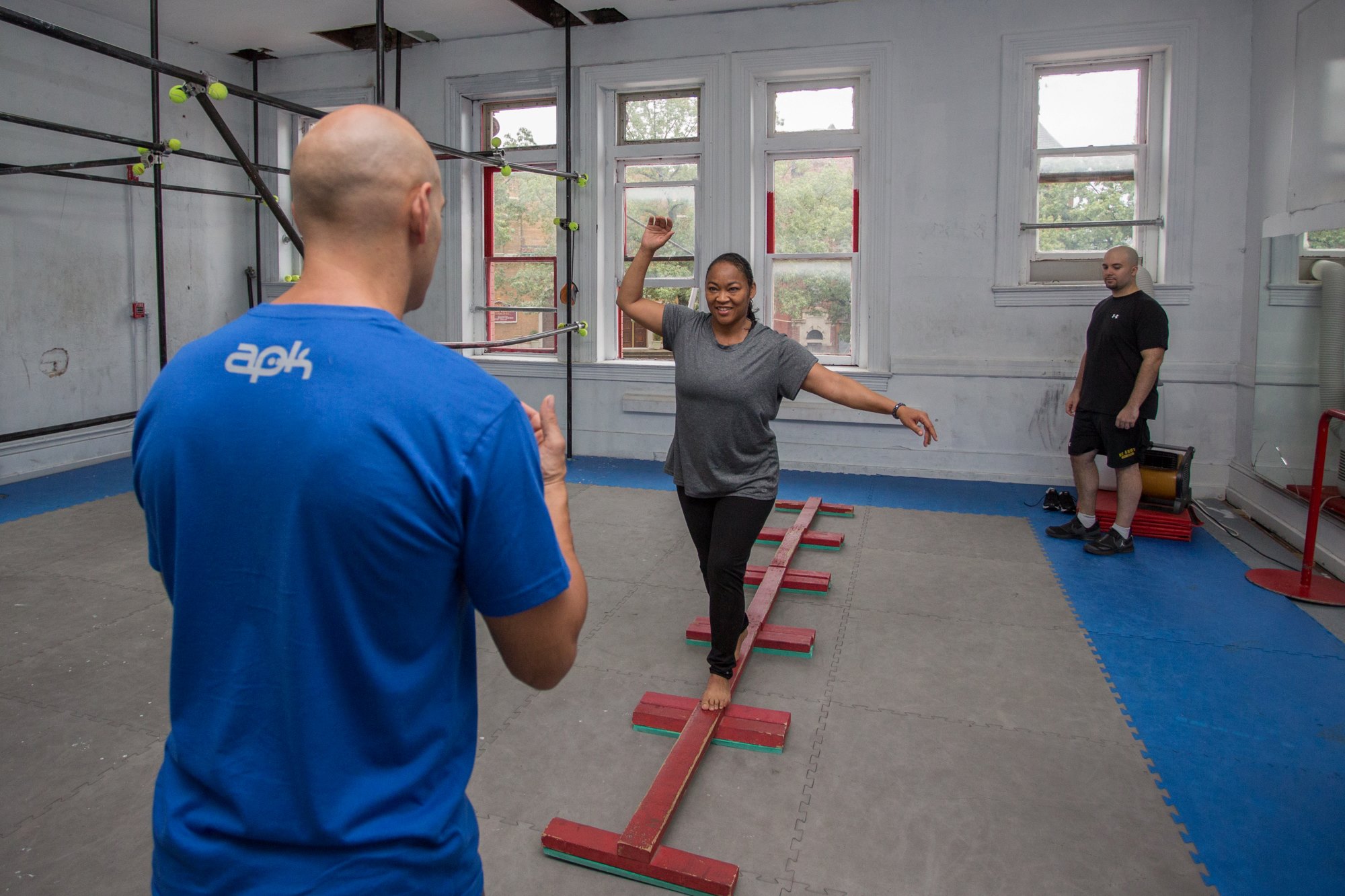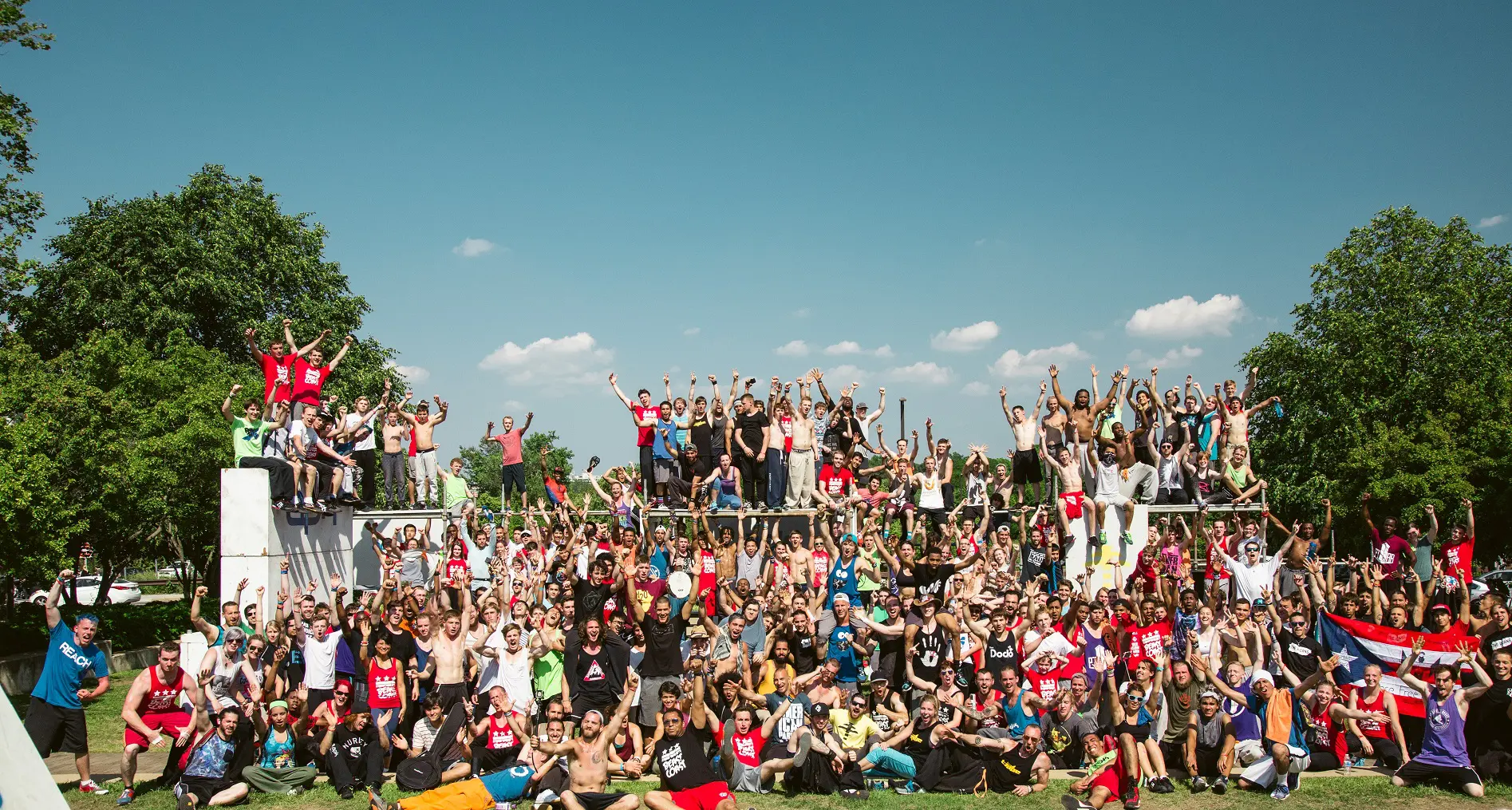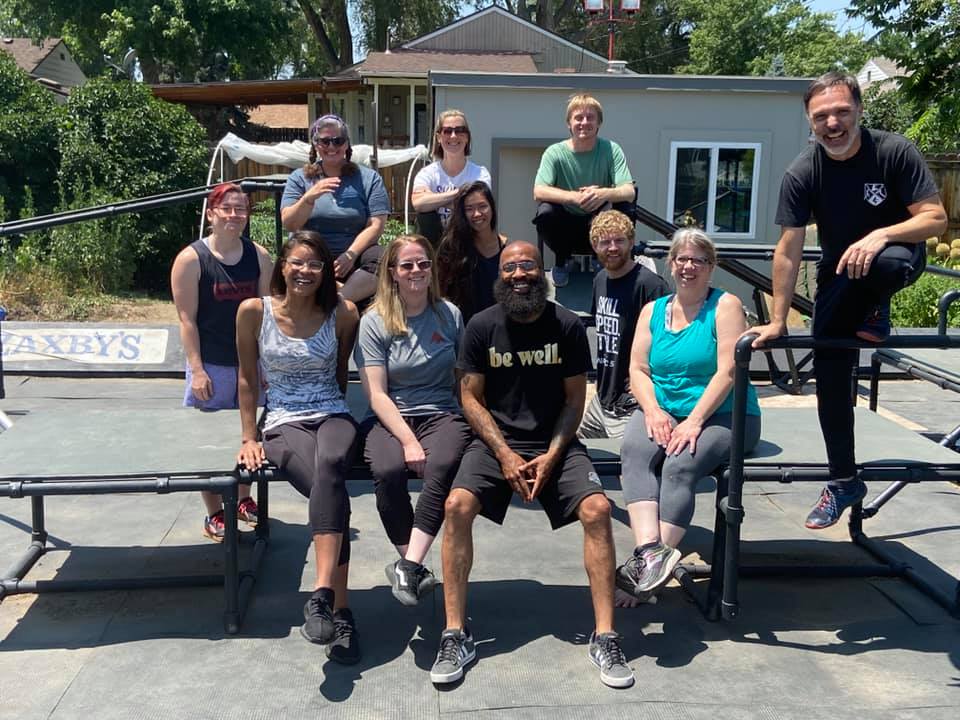Parkour IS SAFE
Safety in Parkour - Progressive Training
To understand why parkour is safe we must consider several things. First, parkour is a training method, teaching us to understand and improve our own movement capabilities. Often, media portrays things that look quite dangerous, and they would be, for an untrained person. Just as beginner skiers don’t start on Black Diamond slopes, beginner parkour practitioners start with very safe challenges and move progressively from there.

Safety in Parkour - Self Propelled
In Parkour, you are self-propelled. In many action sports, you have wheels, motors, and large amounts of gravity (think riding down a mountain on a bike or snowboard). In many traditional sports, you have other players trying to tackle or even accidentally colliding, this is where most injuries in those sports come from. In parkour, when you are approaching a jump and you don’t feel comfortable, you stop. It really is that simple. Therefore, there is a much greater amount of control over your movement, your actions, and your choices in parkour than there is in many other sports and activities.

Safety in Parkour - Self Reliance
One of the biggest differences between parkour and other sports and activities is that in Parkour, practitioners are solely responsible for their own safety. Many other activities teach the participant to rely on the environment (pads, foam blocks), spotters, padding, or rules to keep them safe. These things sometimes work and sometimes they do not. In parkour, the practitioner learns at an early stage that they are in control of their own safety, and they learn to train safely within their limits and rely on their own judgement.

Safety in Parkour - Risk vs. Danger
We define risk as the chance of failure. High risk means there is a high chance of failure, low risk means there is a low chance of failure.
We define danger as the consequence of a failure. Low danger means that if there is a failure, it is inconsequential. High danger means that if there is a failure, serious injury could occur.
We teach and instill a balance of risk and failure from the very first parkour class. For example, if you are trying to balance on a beam that is on the ground, there would be a high risk of falling off, but very little danger, as you were only a few inches off the ground. If you were to walk across a wide platform that is 8 feet off the ground, then there is very low risk of falling off, but much greater danger, as you might get injured falling from such a height.
In parkour we incorporate this balance in every training session, teaching people to manage risk on their own very effectively, so that they make good decisions when they are out playing and moving in the world.

Parkour is for Everyone
We have taught parkour from ages 3 to 83. We have parkour programs for people with differing abilities. We have taught parkour to neurodivergent people in private lessons. The Washington, DC Public school system includes parkour in their Adaptive PE programs.
Parkour is individual, the movements you use are the ones that work best for you.
Because some people prefer to train in communities with people similar to themselves, we’ve created several member’s only groups for training:
American Parkour Facebook – Parkour Over 40
American Parkour Facebook – Parkour Over 30
American Parkour Facebook – PK Plus
American Parkour Facebook – DC Area Parkour Women
And an open group:
American Parkour Facebook – Parkour Group

Safety by the Numbers
“In fact, many parkour gyms have been reporting incidence of injury rates less than 2 or 3 per 1,000 hours trained (The NCAA has reported an 8.1 injuries per 1,000 hours trained in American Football and reported 8.78 and 9.37 injuries per 1,000 hours trained for collegiate gymnasts for male and females, respectively).”
Source: Rochester Parkour “The Impact of Parkour“
